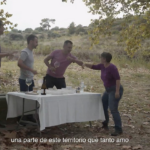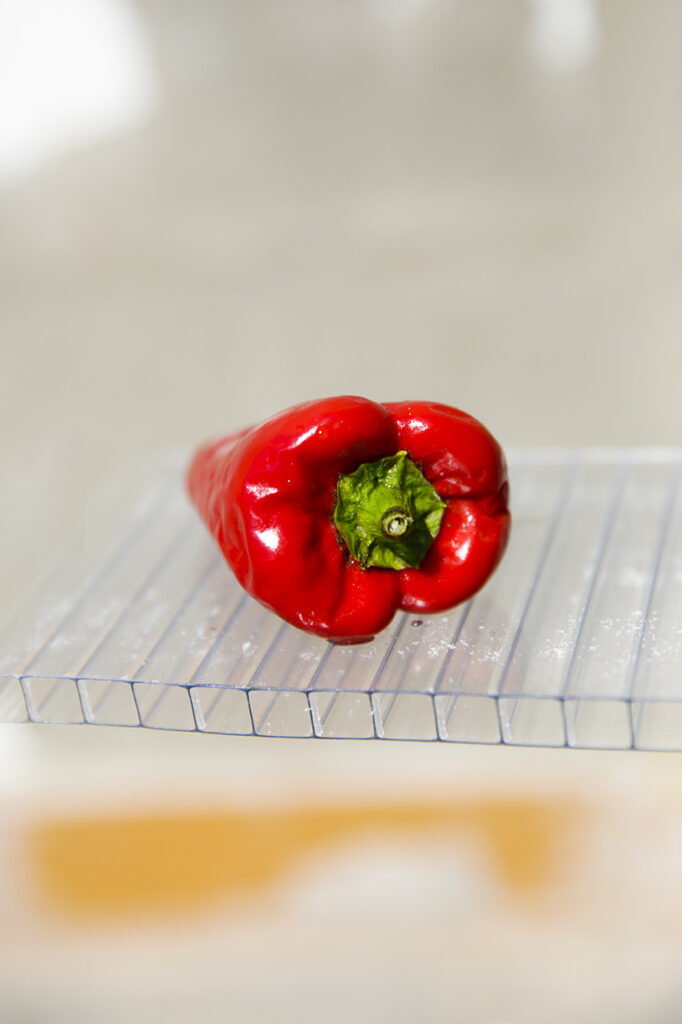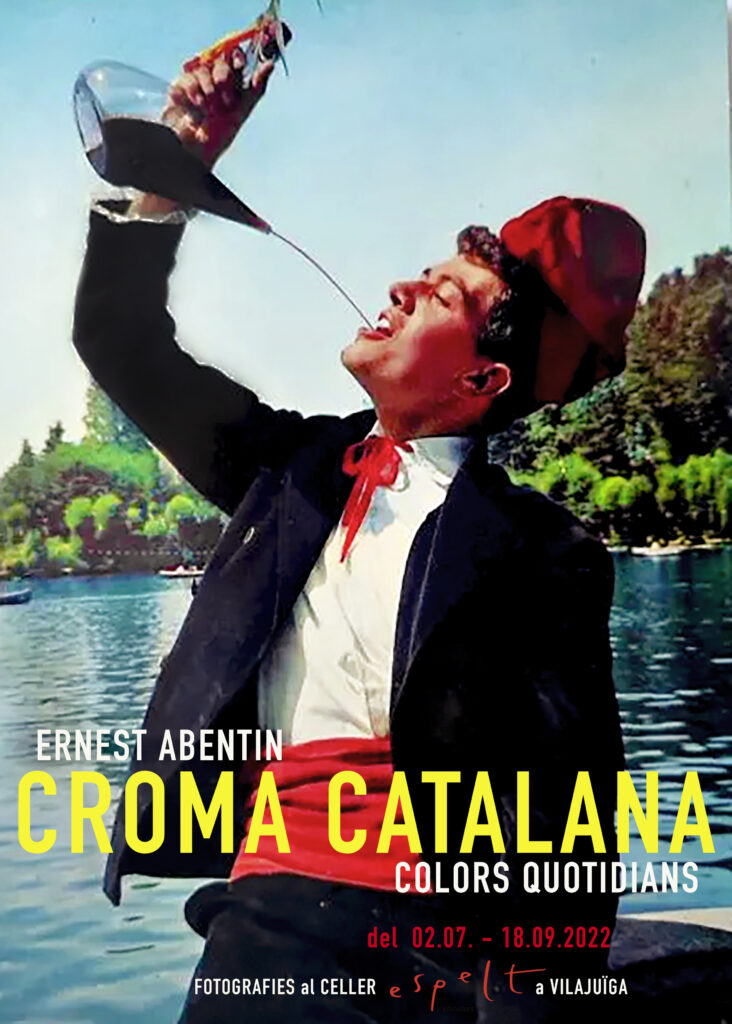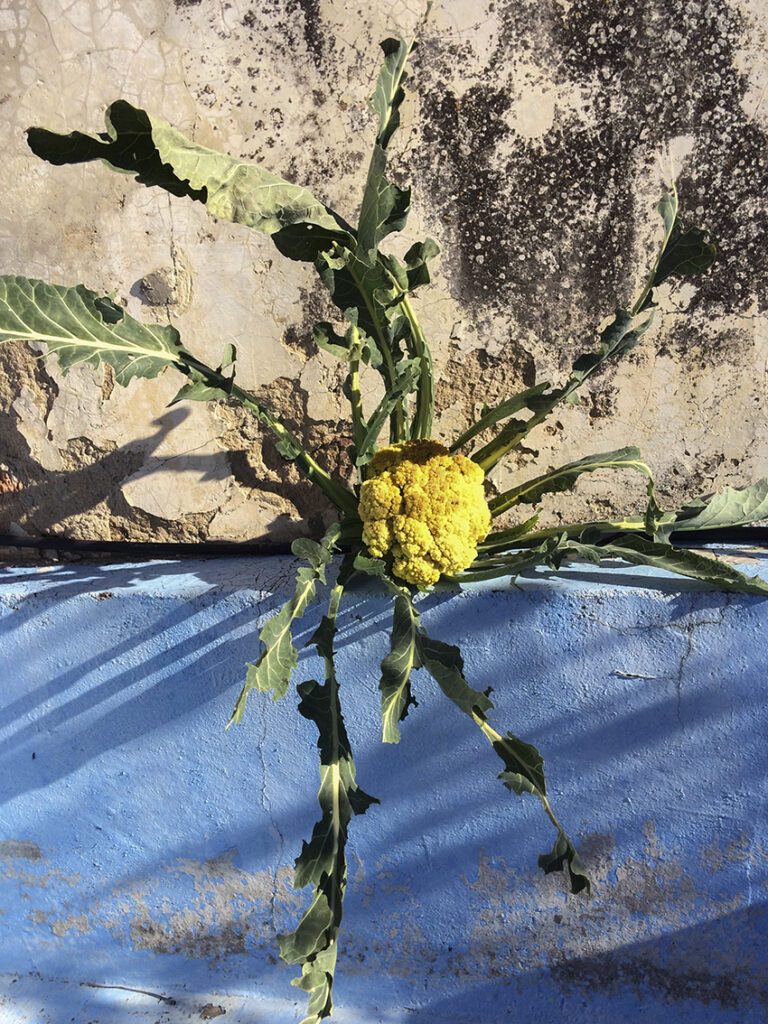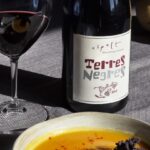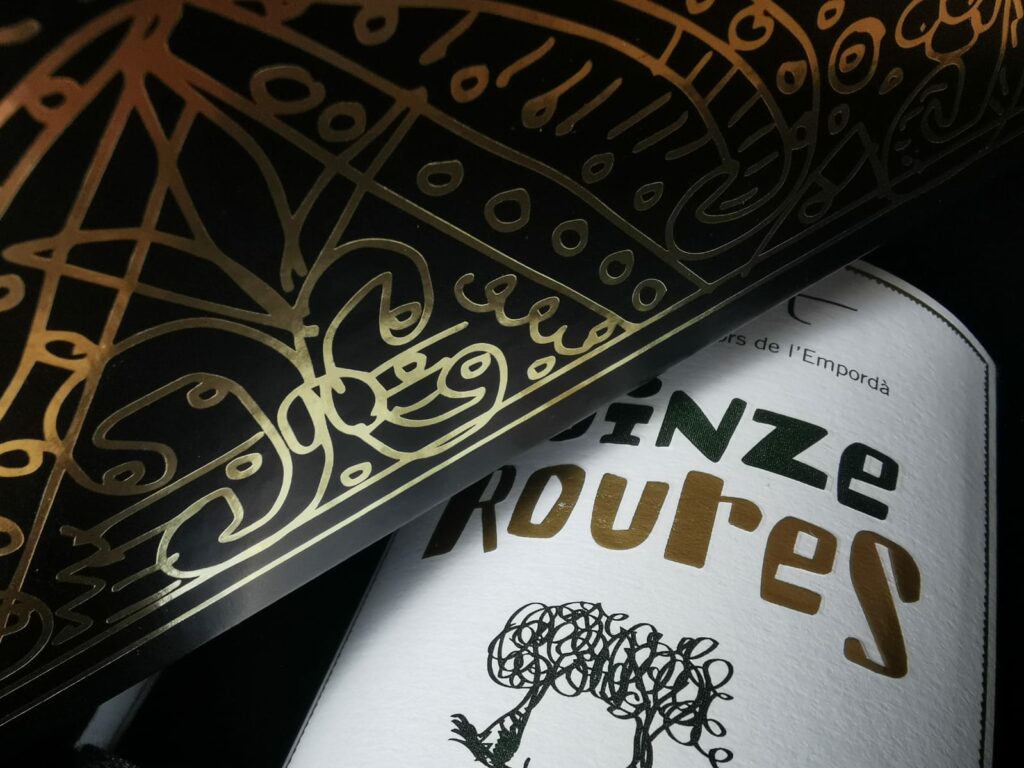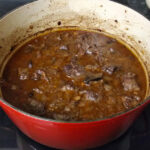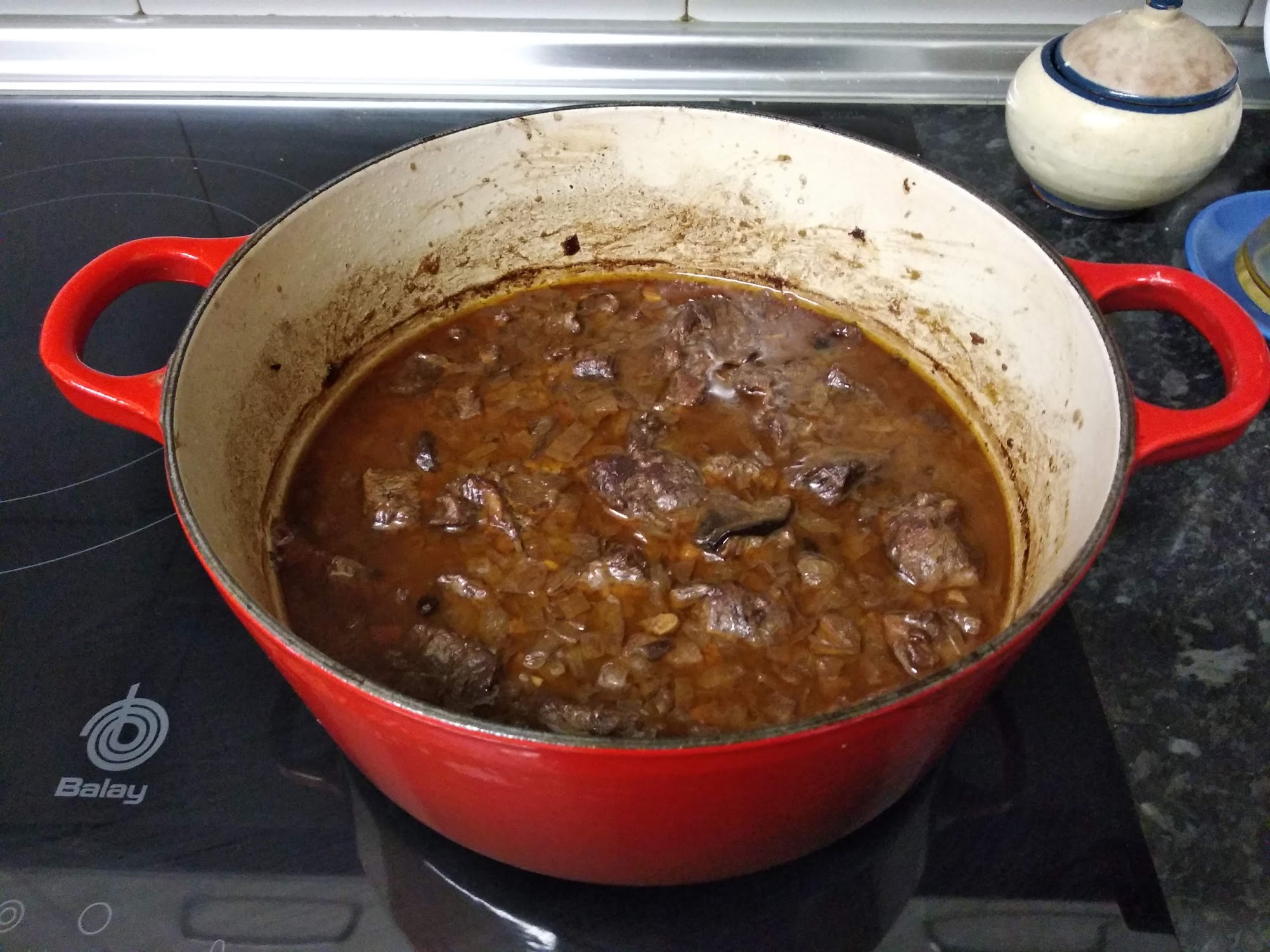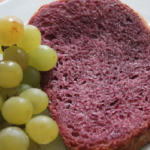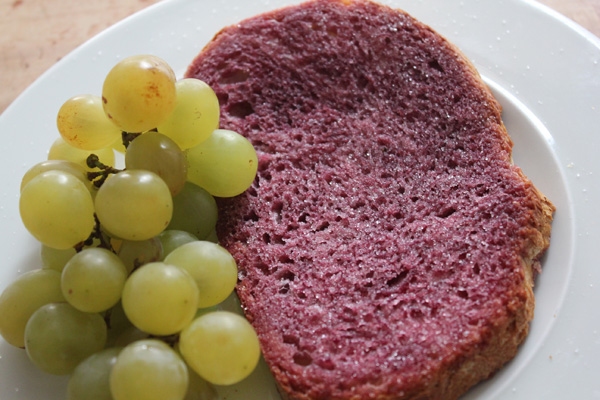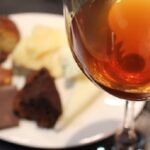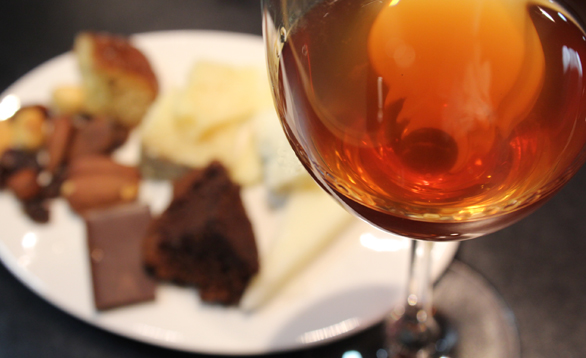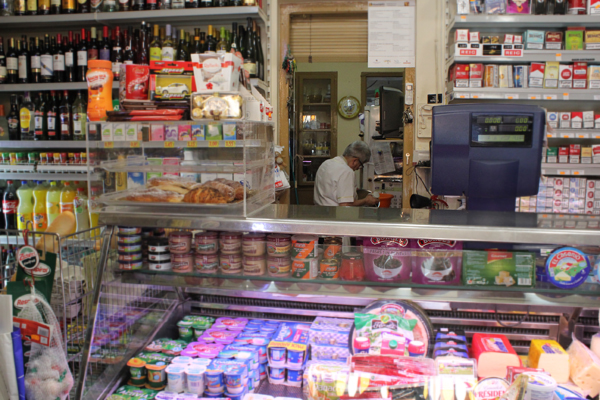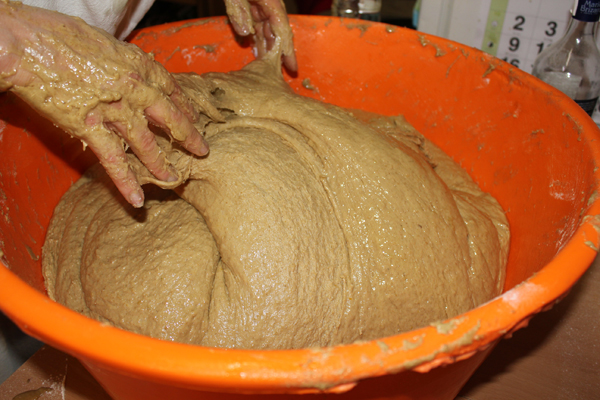Just a week ago Disfrutar was named Best Restaurant in the World according to The World’s 50 Best. Besides the immense joy for this recognition of the gastronomy, passion and honesty, we are also proud to have shared with them work and projects. In order to celebrate this huge achievement for our collegues, we wanted to recover the documentary that Cristina Jolonch and Samuel Aranda came to shoot at our home with chefs Oriol Castro, Eduard Xatruch and Mateu Casañas.

About four years ago, in the middle of the pandemic, Cristina Jolonch and Samuel Aranda were filming the documentary series “Sin Reservas” and they asked us if they could come and record it in the vineyards of Mas Marès. On that occasion, they wanted to do a chapter with Oriol Castro, Eduard Xatruch and Mateu Casañas, the chefs of the Compartir i Disfrutar restaurants. The proposal did not surprise us. In fact, we had been working together for a few years, Disfrutar and Espelt, in the production of an exclusive wine for their customers. The wine was a project born from the passion we share for viticulture and gastronomy. Thus, the documentary was an amazing oportunity to show the world our shared passion.
An unmissable documentary
The documentary ‘Sin Reservas’ of La Vanguardia’s Comer supplement pays tribute to a spirit of improvement of gastronomy professionals in times of pandemic through relevant figures of Catalan cuisine. Chefs such as Ferran Adrià, Martina Puigvert, Nandu Jubany, the Roca brothers, Carles Gaig, Paco Roca and Artur Martínez participate in there. Now, we get back to this episode starring the chefs of the Disfrutar restaurant Oriol Castro, Eduard Xatruch and Mateu Casañas and directed by the journalist Cristina Jolonch and the photographer Samuel Aranda, together with the Story & Co Films team. In a few minutes, the camera accompanies the chefs through a journey from Cadaqués to some of the most emblematic landscapes of Cap de Creus. Among all the landscapes, the vineyard could not be missing, in this case those of Mas Marès where we make the Anna Espelt wines.
In the video, the chefs express their close professional and personal relationship. In addition, they recall with complicity and humor their beginnings in the kitchen of El Bulli, located a few km from the vineyards of Mas Marès. The way of working that characterizes them is reflected in their interventions: honesty, constant dedication and passion for their job. Some adjectives that all the journalists have agreed to point out these days.
